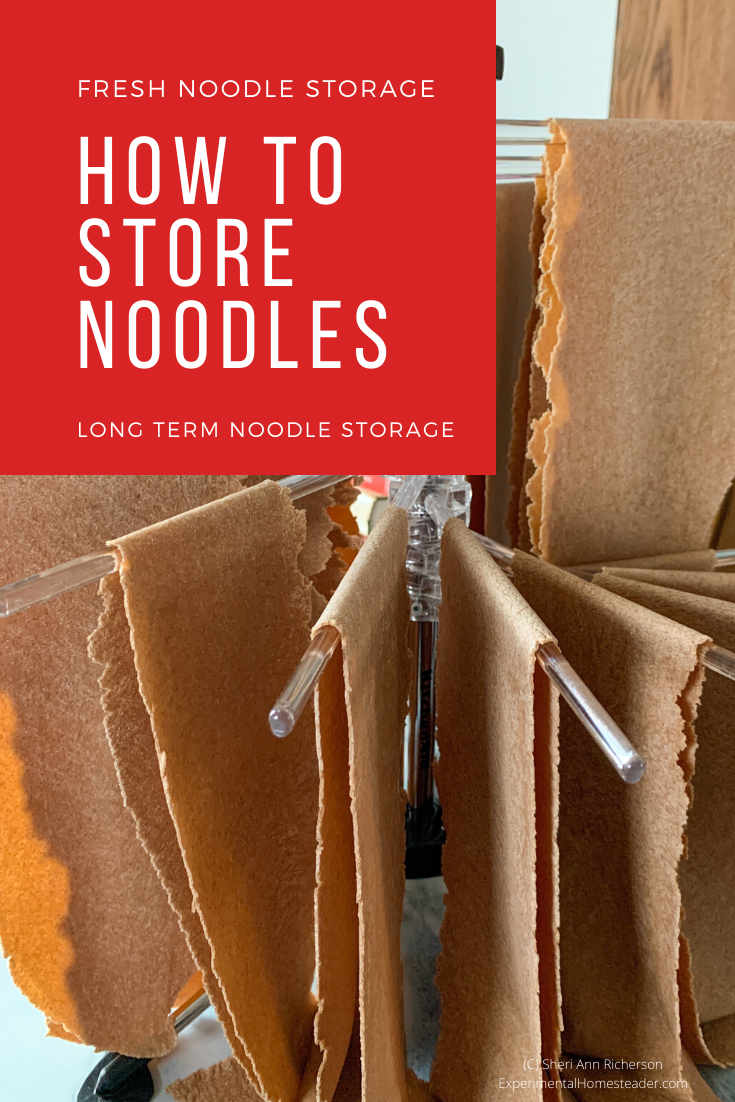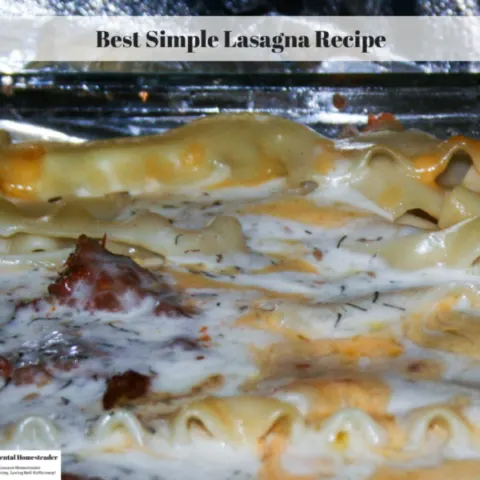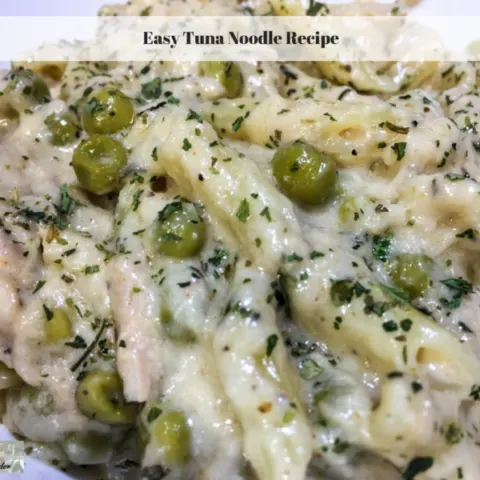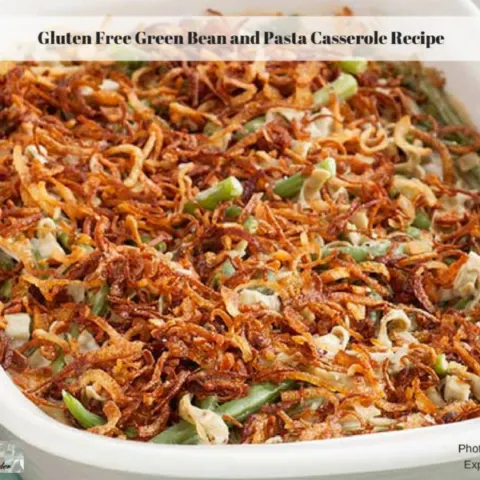Learning how to store noodles just makes sense.
Regardless if you want to know how to keep store bought homemade noodles, how to store fresh noodles, how to store noodles after cooking in a way that they don't stick or how to store noodles long term, the answers are below.
While I already have a post for those interested in learning about drying and storing homemade noodles, this article goes more in depth for those who want the answers to other questions.
How To Store Fresh Noodles
It's easy to store fresh noodles in either the refrigerator or freezer.
The best way to decide how to store your fresh noodles is to decide how soon you intend to use them.
If you plan to use them within two days after making them, the refrigerator is the best place to store fresh pasta.
Be aware the pasta may discolor and appear more grey-green than it did when you were making it.
This is normal.
It is caused by water migration and oxidation.
Fresh noodles stored in the refrigerator also tend to clump together after about 18 hours.
How To Store Fresh Noodles In The Refrigerator
To store fresh noodles in the refrigerator, dust each noodle with some flour, let them dry on a baking sheet for two minutes and then place the pasta in an airtight container.
Place the container in the refrigerator and use the pasta within the 2 day time period.
You could also place the pasta dough in the refrigerator using the same method and cut it when you are ready to use it.
How To Store Fresh Noodles In The Freezer
Storing fresh noodles in the freezer is another way to make your recipe ahead of time and use the noodles or dough later.
There are two methods of freezing noodles like this.
You can wrap the ball of dough in a double layer of heavy-duty plastic wrap and place that inside a freeze bag making sure to remove as much air as possible from the freezer bag.
You can also cut the noodles before you store them, dust the noodles with a light layer of flour, lay them out on a baking sheet and then place the baking sheet in the freezer.
Once the noodles are froze solid, remove the baking sheet, put the noodles in a pre-labled freezer bag and return them to the freezer.
Pasta dough or fresh noodles are good for up to four weeks when they are preserved like this.
Drying Noodles For Storage
My favorite way to store homemade noodles is to dry them using my dehydrator or allowing them to air dry overnight.
To do this, I lay the pasta out on my dehydrator trays making sure each noodle or dumpling has plenty of space around it.
I turn my dehydrator to 125 degrees and let it run until the pasta is hard and snaps when bent.
If the the pasta bends instead of snaps, it needs more drying time.
Normally it takes 2 to 4 hours to dry pasta in a dehydrator, depending on the humidity and the thickness of the pasta.
Another method is to hang the noodles on a pasta drying rack and let them air dry overnight.
For those who do not have a pasta drying rack, laying the noodles out on cooling racks or cookie sheets overnight is another option.
Be sure to turn the pasta at least once during this time if you are using cookie sheets so the air can reach both sides of the noodles.
How To Store Dry Noodles
I prefer to store my dry noodles in the freezer.
In fact, I even place store bought noodles in a freezer bag and keep them in the freezer.
I feel it keeps them fresher longer.
However for those who do not wish to store dry noodles in the freezer, it is ok to store them in a cabinet.
Wherever you store your dry noodles, it is important that the pasta is kept in an airtight container in an area that is cool and dry.
Store Bought Homemade Noodles
Keeping store bought homemade noodles is no different than keeping homemade noodles.
Remove the pasta from the bag or box it came in.
Place the pasta in a freezer bag if you intend to store it in the freezer or put it in an air tight container if you intend to store it in a cabinet.
Most store bought pasta has a shelf life of two years, but be sure to check the date on the package when you purchase it.
Looking for Inspiration?

🎉 Discover 5 Creative Ways to Use Homemade Dried Noodles!
From hearty soups to quick dinners, DIY gift jars, and homemade ramen kits, this post is packed with ideas to elevate your noodles to the next level. Perfect for homesteaders and food lovers alike!
How To Store Noodles After Cooking
You can store noodles after cooking them in the refrigerator for up to three days.
Be sure to store it by itself and not in the same container as the sauce.
To reheat the pasta, place it in a colander and place it into boiling water for one minute.
How To Store Noodles so They Don't Stick
The secret to preventing noodles from sticking is to rinse them off with cold water right after you dump the boiling water off.
This is how I do it.
I dump the noodles into a colander then rinse the pan several times with cold water to cool it down.
I pour the water out of the pan over the top of the noodles.
Then I fill the pan with cold water.
I dump the noodles into the cold water and swirl them around.
I repeat this process at least two more times.
Then I dump the noodles back into the colander and place the colander on top of the pan so the noodles can drain.
How To Store Noodles Long Term
To store noodles long term, you need oxygen absorbers and the containers or mylar bags need to be vacuum sealed.
For those who want to use mylar bags instead of glass canning jars, be aware the sharp edges of the pasta can rip the mylar bags.
A bay leaf put in with the pasta before vacuum sealing the bag helps to keep critters away.
This is important because sometimes even store bought pasta is contaminated with weevil eggs and if they hatch, they will eat the pasta and eat their way out of cardboard packaging.
Pasta is a wonderful long term storage prep item because it has a long shelf life, is inexpensive, filling, nutritious and versatile plus it is an easy replacement for rice.
For those who choose to store their pasta in a mylar bag - or even a vacuum seal bag - placing the bag into a glass container or a five gallon bucket with a lid is highly recommended.
This prevents any pests from chewing through the packaging and ruining your pasta.
How To Use Oxygen Absorbers
Here is a quick chart on how to use oxygen absorbers.
- For a 32 ounce canning jar use 100 cc oxygen absorber.
- For a #10 can or 1 gallon container use 300 cc oxygen absorber.
- For a 5 gallong container use 15oo cc oxygen absorber.
You can learn more about oxygen absorbers here.
Essential Tools for Making and Drying Homemade Noodles
When it comes to making homemade noodles, having the right tools can make all the difference.
I absolutely love using my KitchenAid® 7 Quart Bowl-Lift Stand Mixer to knead the dough perfectly every time.
Paired with the KitchenAid KSMPEXTA Gourmet Pasta Press Attachment, which includes six interchangeable pasta plates, and the KitchenAid KSMPDX Pasta Deluxe Set, I can create a variety of noodle shapes with ease.
Once the noodles are ready, my NESCO Gardenmaster Pro Food Dehydrator ensures they dry evenly and efficiently, making storage a breeze.
These tools not only simplify the noodle-making process but also make it an enjoyable and rewarding experience.
Whether you're new to homemade noodles or a seasoned pro, having quality equipment like this can take your kitchen creations to the next level!
Pasta Recipe Dinner Ideas
Mahon-Menorca Cheese Lasagna Recipe
If you're looking for a sweet, creamy meat lovers lasagna recipe, then be sure to check this cheese lasagna recipe made with Mahon-Menorca Cheese!
Best Lasagna Recipe For A Cast Iron Dutch Oven
This is simply the best lasagna recipe for a cast iron dutch oven. I chose to bake mine in an oven, but this recipe would work on a BBQ grill or even over an open fire and I have included the information on how to cook it that way below.
Best Simple Lasagna Recipe
This is the best simple lasagna recipe for those that like starting from scratch!
The Ultimate Guide to Homemade Noodles: Tips, Troubleshooting, and Recipes
Discover the ultimate guide to homemade noodles with tips, troubleshooting, recipes, and storage advice for perfect noodles every time.
5 Creative Ways to Use Your Homemade Dried Noodles
Learn 5 creative ways to use your homemade dried noodles in soups, casseroles, quick dinners, ramen kits, and gifts.
How to Test, Troubleshoot, and Perfect Your Homemade Noodles
Perfect your homemade noodles with tips for drying, storing, and troubleshooting common issues to ensure long-lasting, delicious results.
From Flour to Family Meals: The Joy of Homemade Noodles
Discover the joy of homemade noodles with simple ingredients, creative flavors, and nourishing meals perfect for homesteaders and preppers.
Too Busy to Make Homemade Noodles? Here’s Why It’s Easier Than You Think!
Busy homesteader lifestyle, feeling overwhelmed? Make homemade noodles easily with simple steps and enjoy stress-free meals for weeks!




















